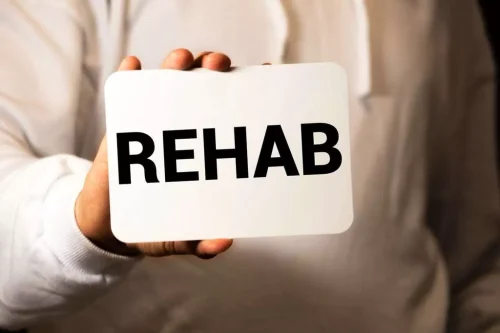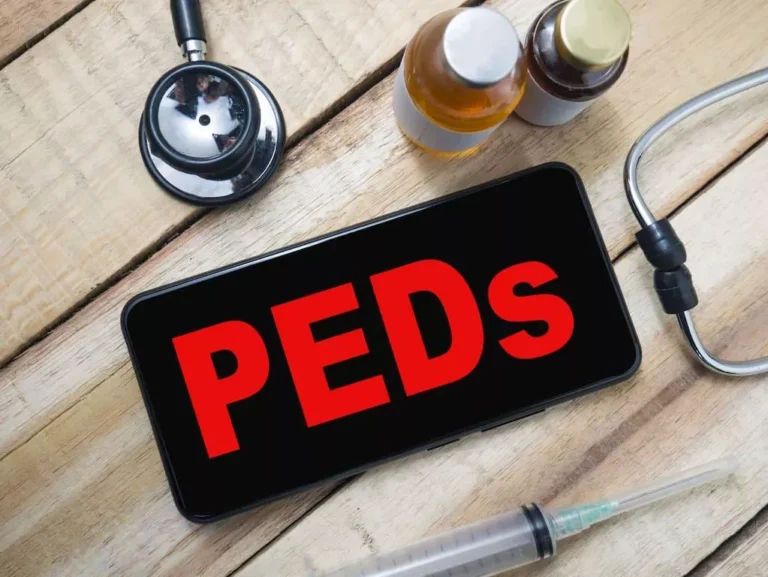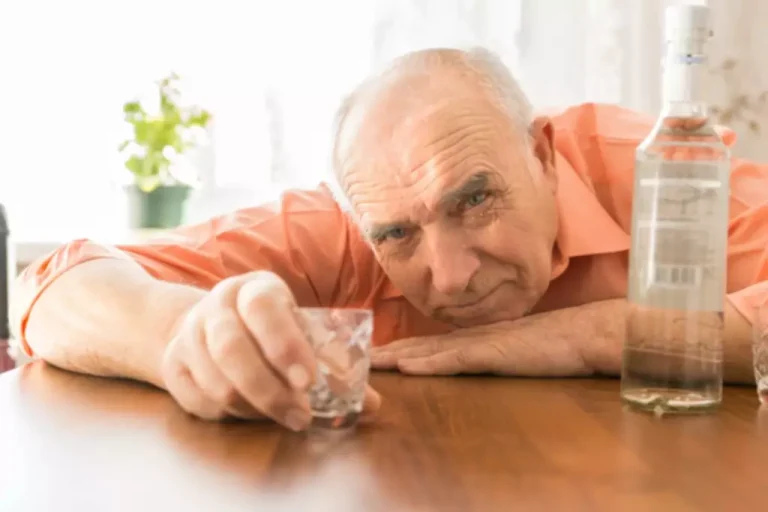
For example, successful navigation of high-risk situations may increase self-efficacy (one’s perceived capacity to cope with an impending situation or task; [26]), in turn decreasing relapse probability. Conversely, a return to the target behavior can undermine self-efficacy, increasing the risk of future lapses. Outcome expectancies (anticipated effects of substance use; [27]) also figure prominently in the RP model. Additionally, attitudes or beliefs about the causes and meaning of a lapse may influence whether a full relapse ensues.
- Although many developments over the last decade encourage confidence in the RP model, additional research is needed to test its predictions, limitations and applicability.
- For example, all studies with SUD populations could include brief questionnaires assessing short-and long-term substance use goals, and treatment researchers could report the extent to which nonabstinence goals are honored or permitted in their study interventions and contexts, regardless of treatment type.
- Additionally, we review the nascent but rapidly growing literature on genetic predictors of relapse following substance use interventions.
- Given the rapid growth in this area, we allocate a portion of this review to discussing initial evidence for genetic associations with relapse.
- Although SE is proposed as a fluctuating and dynamic construct [26], most studies rely on static measures of SE, preventing evaluation of within-person changes over time or contexts [43].
For Immediate Treatment Help Call 800-526-5053
Similarly, self-regulation ability, outcome expectancies, and the abstinence violation effect could all be experimentally manipulated, which could eventually lead to further refinements of RP strategies. The recently introduced dynamic model of relapse [8] takes many of the RREP criticisms into account. Additionally, the revised model has generated enthusiasm among researchers and clinicians who have observed these processes in their data and their clients [122,123]. Still, some have criticized the model for not emphasizing interpersonal factors as proximal or phasic influences [122,123]. Other critiques include that nonlinear dynamic systems approaches are not readily applicable to clinical interventions [124], and that the theory and statistical methods underlying these approaches are esoteric for many researchers and clinicians [14].

Relapse prevention for addictive behaviors
He has received continuous funding for his research from a variety of agencies including the National Institute on Alcohol Abuse and Alcoholism, the National Institute on Drug Abuse, the Alcoholic Beverage Medical Research Foundation, and the Robert Wood Johnson Foundation. Brie graduated as a high school valedictorian with a major in Health Technologies and continued her studies at Springfield Technical Community College with a focus on healthcare. She served in Operations and HR for a finance company for ten years, before returning to healthcare and eventually https://ecosoberhouse.com/ arriving at USR. Laurel, as the Director of Corporate Compliance for USR, is responsible for ensuring that the facility follows all federal and state regulatory requirements, accreditation standards and industry best practices. Laurel has over twenty years’ experience in legal and regulatory affairs in both the public and private sectors. She attended the University of Kansas where she studied political science, and she is designated by the Council on Licensure, Enforcement and Regulation (CLEAR) as a Certified National Investigator and Inspector (CNII).

Models of nonabstinence psychosocial treatment for SUD

The client’s appraisal of lapses also serves as a pivotal intervention point in that these reactions can determine whether a lapse escalates or desists. Establishing lapse management plans can aid the client in self-correcting soon after a slip, and cognitive restructuring can help clients to re-frame the meaning of the event and minimize the AVE [24]. A final emphasis in the RP approach is the global intervention of lifestyle balancing, designed to target more pervasive factors that can function as relapse antecedents. For example, clients can be encouraged to increase their engagement in rewarding or stress-reducing activities into their daily routine.
Cognitive-behavioral theories also diverged from disease models in rejecting the notion of relapse as a dichotomous outcome. Rather than being viewed as a state or endpoint signaling treatment failure, relapse is considered a fluctuating process that begins prior to and extends beyond the return to the target behavior [8,24]. From this standpoint, an initial return to the target behavior after a period of volitional abstinence (a lapse) is seen not as a dead end, but as a fork in the road. While a lapse might prompt a full-blown relapse, another possible outcome is that the problem behavior is corrected and the desired behavior re-instantiated–an event referred to as prolapse. A critical implication is that rather than signaling a failure in the behavior change process, lapses can be considered temporary setbacks that present opportunities for new learning to occur. In viewing relapse as a common (albeit undesirable) event, emphasizing contextual antecedents over internal causes, and distinguishing relapse from treatment failure, the RP model introduced a comprehensive, flexible and optimistic alternative to traditional approaches.
- While there are multiple such intervention approaches for treating AUD with strong empirical support, we highlight a dearth of research testing models of harm reduction treatment for DUD.
- While analysing high-risk situations the client is asked to generate a list of situations that are low-risk, and to determine what aspects of those situations differentiate them from the high-risk situations.
- His issue with drinking led to a number of personal problems, including the loss of his job, tension in his relationship with his wife (and they have separated), and legal problems stemming from a number of drinking and driving violations.
- At Bedrock, we use evidence-based approaches such as cognitive-behavioral therapy (CBT) to help our clients develop coping skills and enhance resilience in the face of setbacks.
- Urges and cravings precipitated by psychological or environmental stimuli are also important6.
Integrating implicit cognition and neurocognition in relapse models
- Because detailed accounts of the model’s historical background and theoretical underpinnings have been published elsewhere (e.g., [16,22,23]), we limit the current discussion to a concise review of the model’s history, core concepts and clinical applications.
- Even among those who do perceive a need for treatment, less than half (40%) make any effort to get it (SAMHSA, 2019a).
- She is a current member of the Golden Key International Honor Society and the Delta Epsilon Iota Honor Society.
- The terms “relapse” and “relapse prevention” have seen evolving definitions, complicating efforts to review and evaluate the relevant literature.
- Findings concerning possible genetic moderators of response to acamprosate have been reported [99], but are preliminary.
- John understands first hand the struggles of addiction and strives to provide a safe environment for clients.
First, in the context of pharmacotherapy interventions, relevant genetic variations can impact drug pharmacokinetics or pharmacodynamics, thereby moderating treatment response (pharmacogenetics). Second, the likelihood of abstinence following a behavioral or pharmacological intervention can be moderated by genetic influences on metabolic processes, receptor activity/expression, and/or incentive value specific to the addictive substance in question. Third, variants implicated in broad traits relevant for addictive behaviors–for instance, executive cognitive functioning (e.g., COMT) or externalizing traits (e.g., GABRA2, DRD4)–could influence relapse proneness via general neurobehavioral mechanisms, irrespective of drug class or treatment modality.
Our addiction treatment network offers comprehensive care for alcohol addiction, opioid addiction, and all other forms of drug addiction. Our treatment options include detox, inpatient treatment, outpatient treatment, medication-assisted treatment options, and more. Altogether, these thoughts and attributions are frequently driven by strong feelings of personal failure, defeat, and shame. These negative emotions are, unfortunately, abstinence violation effect often temporarily placated by a renewed pattern of substance abuse. As a result, it’s important that those in recovery internalize this difference and establish the proper mental and behavioral framework to avoid relapse and continue moving forward even if lapses occur. AVE describes the negative, indulgent, or self-destructive feelings and behavior people often experience after lapsing during a period of abstinence.
- He is a licensed residential home inspector in the state of Florida and relates his unique experience of analyzing a property and/or housing condition to determining any necessary course of action at our facility.
- Harm reduction psychotherapies, for example, incorporate multiple modalities that have been most extensively studied as abstinence-focused SUD treatments (e.g., cognitive-behavioral therapy; mindfulness).
- Indeed, a prominent harm reduction psychotherapist and researcher, Rothschild, argues that the harm reduction approach represents a “third wave of addiction treatment” which follows, and is replacing, the moral and disease models (Rothschild, 2015a).
- After six successful months of recovery, Joe believed he was well on his way to being sober for life; however, one evening, he got into a major argument with his wife regarding her relationship with another man.



Leave a Reply